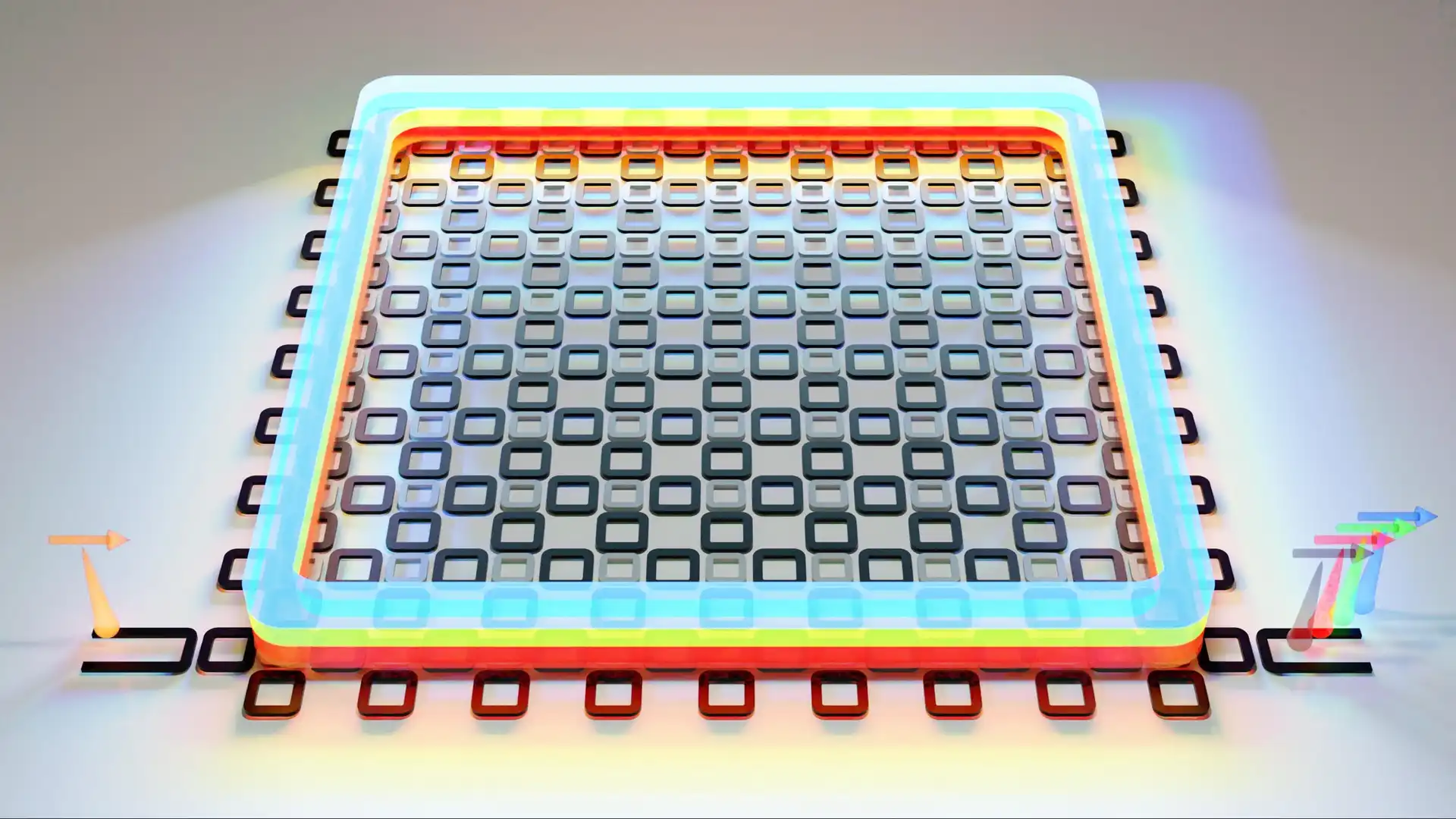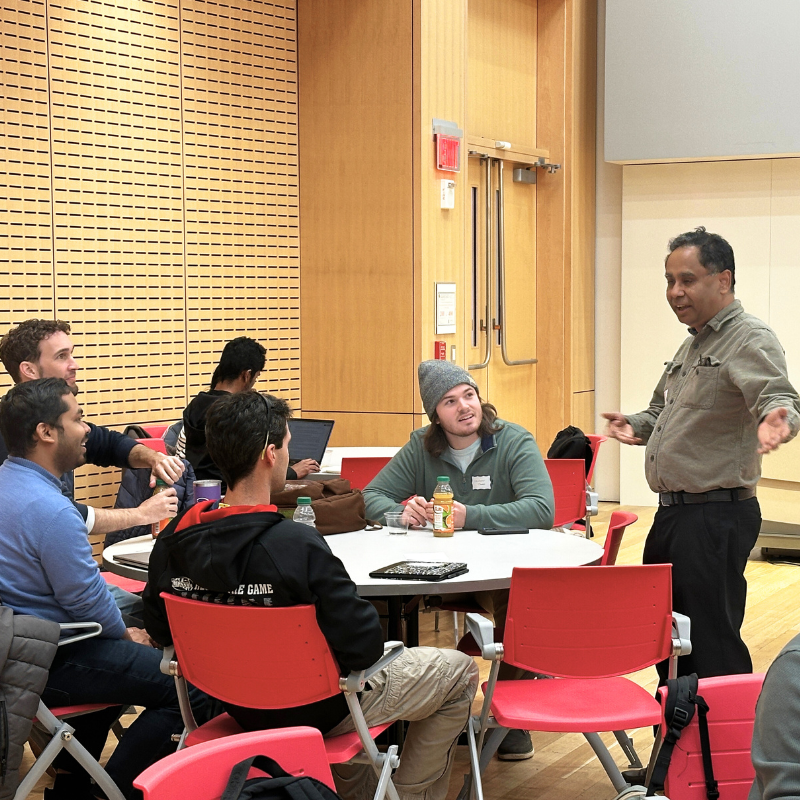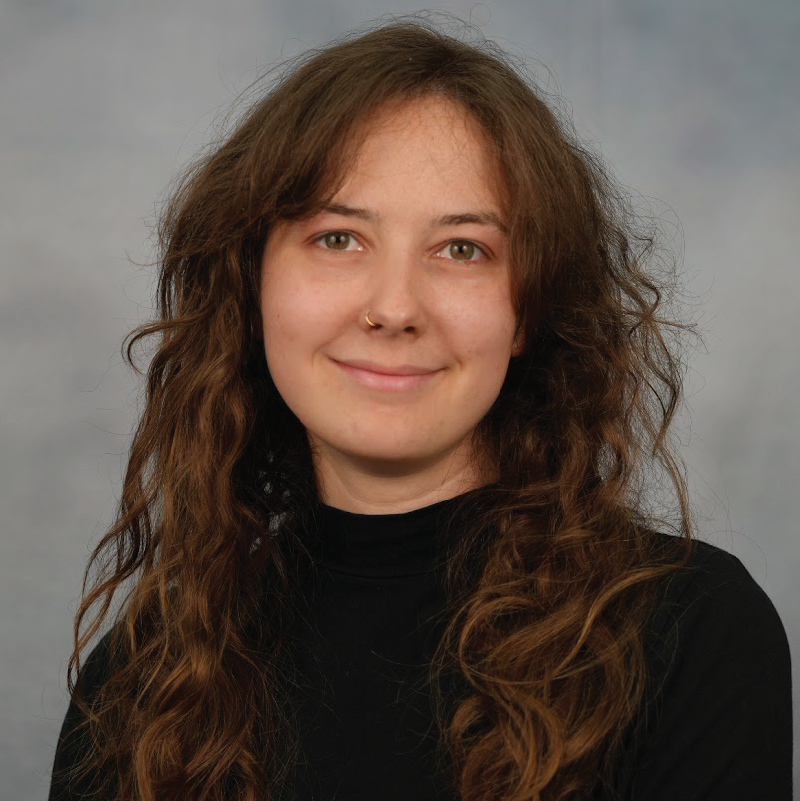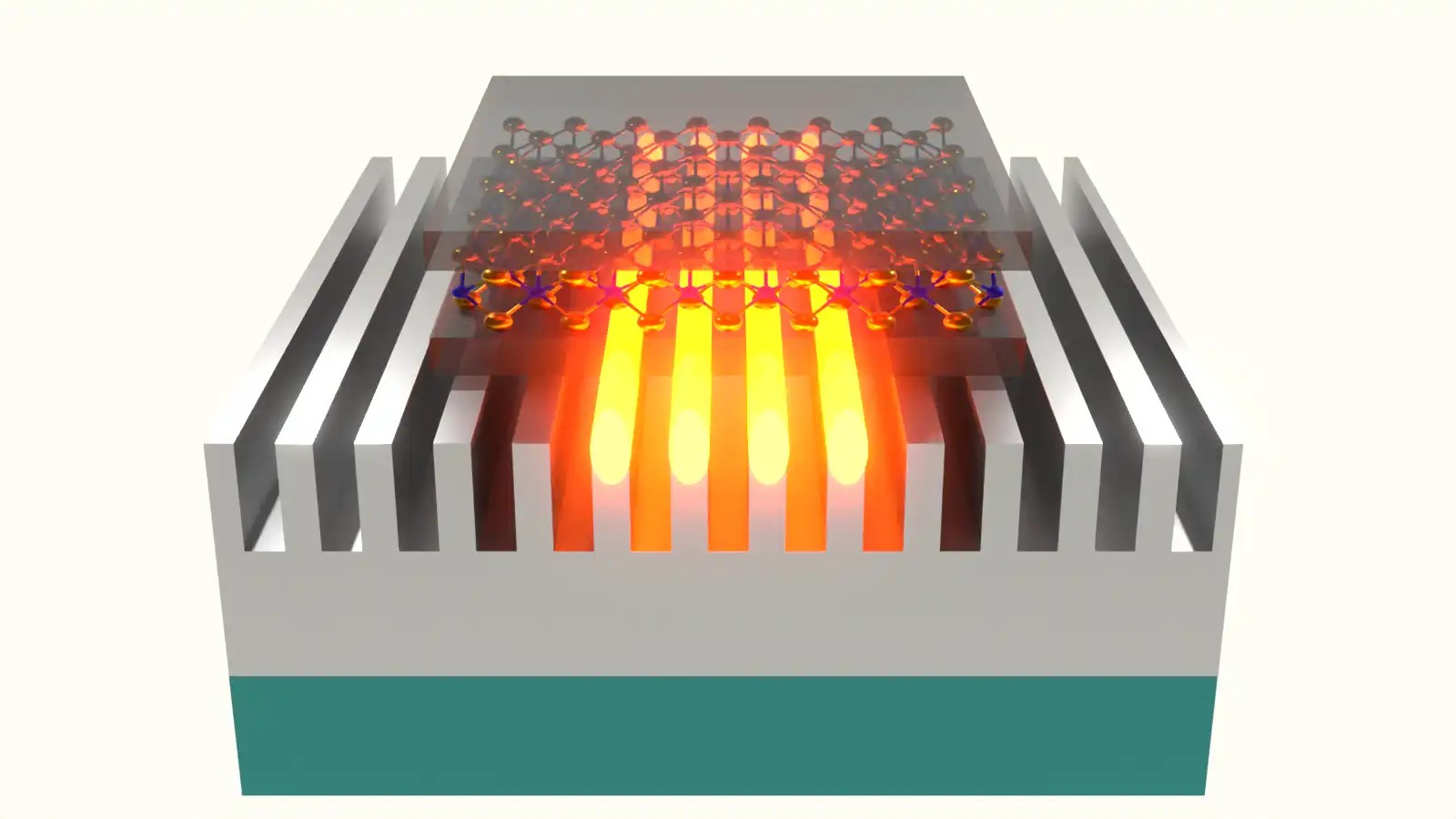News Story
Fermuller, Shamma, Etienne-Cummings receive NSF grant for 'Research Coordination Network'
University of Maryland and Johns Hopkins University faculty have received a three-year, $500K grant from the National Science Foundation's Division of Behavioral and Cognitive Sciences to build the Research Coordination Network (RCN), an initiative to advance understanding of how biological systems learn complex symbolic signals, and create artificial systems with similar capabilities.
Associate Research Scientist Cornelia Fermüller (UMIACS) is the principal investigator for Research Coordination Network: Cognitive Functions in the Learning of Symbolic Signals & Systems. Professor Shihab Shamma (ECE/ISR) and Ralph Etienne-Cummings (JHU) are co-PIs on the grant.
By defining a common framework to describe complex symbolic signals and their variability across space and time, the RCN will develop methods and tools applicable to a wide range of domains, including language, music, action, perception, and navigation. The RCN will build upon research in Neuromorphic Engineering and its development of bio-inspired, low-power computing platforms, sensors, and signal processing. Using these tools, the RCN will focus on high-level cognitive functions, to create complex, bio-inspired systems that learn through engagement in tasks. The network will bring together neuroscience, cognitive science, applied mathematics, computer science, and engineering, with emphasis on machine learning and artificial intelligence. Network members will participate in a yearly three-week, hands-on workshop, that will develop and test new tools and ideas, stimulate new collaborations, and educate students on unique interdisciplinary skills.
The RCN will facilitate interactions and collaborative projects among participating researchers employing a wide range of paradigms that specifically deal with three thrusts: the role of neural plasticity for learning symbolic systems; the adaptive mechanisms underlying the learning of sensory-motor tasks; and transitioning to real-world applications such as automatic speech and dynamic scene understanding, neuromorphic hardware implementations, cognitive computational algorithms, and databases acquisition. Specific examples of such diverse projects include brain process models that assess learning and expertise; algorithms, based on physiological or abstract events, that process input from neuromorphic hardware; and development of software and neuromorphic hardware for signal interpretation and action execution.
Published September 4, 2018









